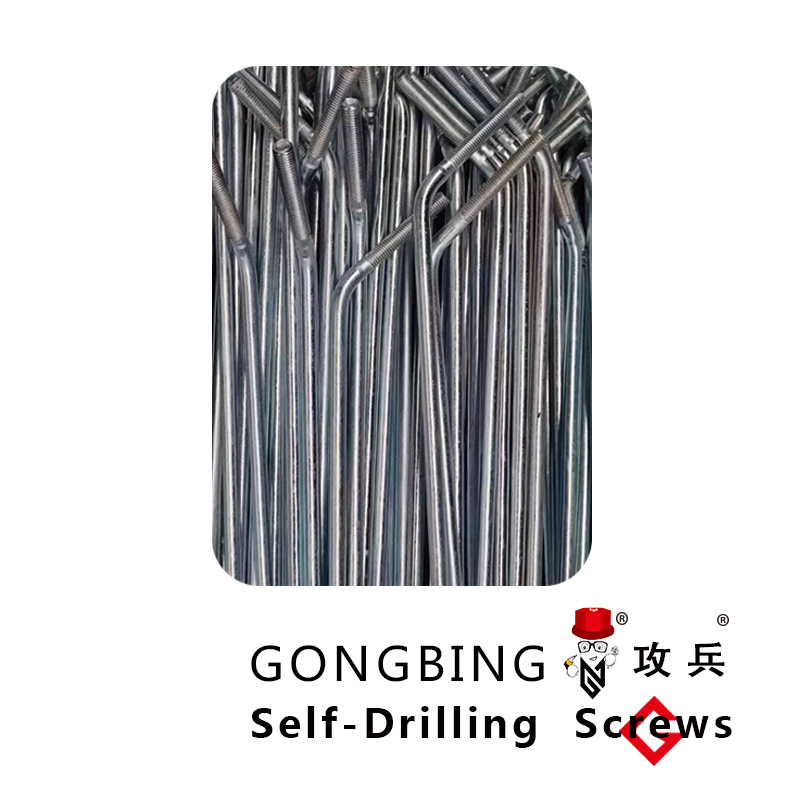Innovative Solutions for Secure Fastening with Anchor Chemical Bolt Technology
The Significance of Anchor Chemical Bolts in Construction
Anchor chemical bolts, commonly referred to as chemical anchors, have become a cornerstone in modern construction and structural engineering. This innovative fastening solution blends the performance of traditional anchors with the enhanced strength and durability provided by adhesive chemical materials. This article explores the importance, applications, and advantages of anchor chemical bolts in various construction projects.
Understanding Anchor Chemical Bolts
Anchor chemical bolts are specialized fasteners designed to secure structural elements to concrete or masonry. Unlike conventional mechanical anchors that rely solely on friction and expansion, chemical anchors utilize a two-component adhesive system that sets within a drilled hole. The anchor typically consists of a threaded rod or bolt, combined with a resin or epoxy that hardens, providing superior holding power. This unique combination allows for high-load capacities and greater resistance against dynamic forces, making them ideal for various applications.
Applications in Construction
The versatility of anchor chemical bolts allows for their use in numerous construction scenarios. They are prominently utilized in anchoring heavy machinery, structural beams, and other critical components in industrial settings. Additionally, they serve essential roles in the installation of handrails, brackets, and other attachments in commercial buildings.
In civil engineering projects, anchor chemical bolts are often used in retaining walls and foundations, providing additional stability and resistance to soil movement. Their use is also prevalent in retrofit projects, where they can integrate new structures with existing ones, offering both strength and flexibility.
Advantages of Using Anchor Chemical Bolts
1. Enhanced Load Capacity One of the primary benefits of anchor chemical bolts is their superior load-bearing capabilities. Due to the chemical bonds formed during the curing process, these anchors can support significantly higher loads compared to traditional mechanical anchors.
anchor chemical bolt

2. Reduction in Spacing Requirements Because of their strong bonding characteristics, chemical anchors allow for reduced spacing between fasteners. This not only optimizes material usage but also enhances the overall structural integrity.
3. Resistance to Environmental Factors Chemical anchors are less susceptible to issues like corrosion and degradation over time. This makes them suitable for use in harsh environments, including marine settings and regions with extreme weather conditions.
4. Flexibility in Installation The installation process for anchor chemical bolts is relatively straightforward. Once the appropriate hole is drilled, the chemical resin is injected, and the bolt is inserted. This ease of installation can lead to significant time savings on the job site.
5. Versatile Bonding These anchors can bond with various base materials, including concrete, brick, and stone, making them an incredibly versatile option for contractors and engineers.
Considerations When Using Anchor Chemical Bolts
While the advantages of anchor chemical bolts are compelling, there are important considerations for their use. Proper surface preparation and installation are critical to achieving optimal performance. Users must also ensure that the selected chemical anchor is appropriate for the specific substrate and environmental conditions.
Additionally, it is essential to allow adequate curing time for the adhesive before subjecting the anchor to load. This ensures that the chemical bond reaches its full strength and maintains the desired performance characteristics.
Conclusion
Anchor chemical bolts represent a significant advancement in construction fastening technology. Their ability to provide strength, versatility, and durability makes them a preferred choice in a wide range of applications. As construction techniques continue to evolve, the reliance on innovative solutions like anchor chemical bolts will likely increase, further solidifying their place in the future of building and engineering. Whether for new constructions or retrofitting older structures, these anchors provide the reliability and performance necessary to meet modern demands, ensuring safety and stability in the built environment.
-
Weatherproof Plastic Expansion Anchors for OutdoorNewsJun.06,2025
-
Sustainability in the Supply Chain: Eco-Friendly TEK Screws ProductionNewsJun.06,2025
-
Load-Bearing Capacity of External Insulation FixingsNewsJun.06,2025
-
Double Head Bolts: Enhancing Efficiency in Industrial MachineryNewsJun.06,2025
-
Corrosion Resistance in Chipboard Screws: Coatings for Wholesale DurabilityNewsJun.06,2025
-
Butterfly Toggle Bolts : Enhancing Structural ResilienceNewsJun.06,2025
